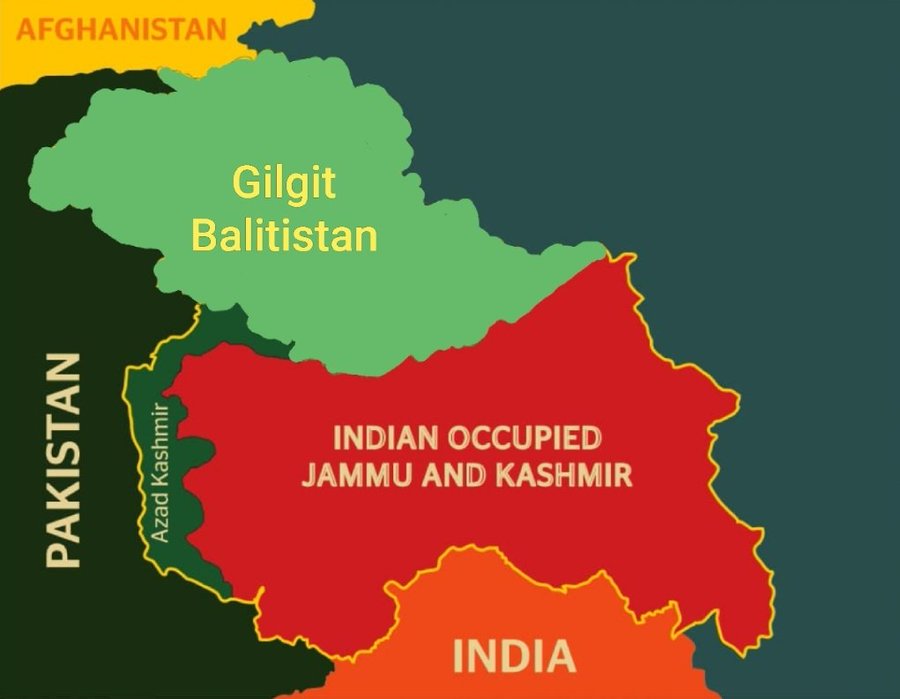
Located near Sibi in Balochistan, ancient city of Mehrgarh (7000 BC-2000 BC) is the oldest Neolithic human settlement in Pakistan and also in this region with evidence of farming (wheat and barley), herding (cattle, sheep and goats) and proto-dentistry. 



7000 BC Mehrgarh city of Pakistan was discovered in 1974 by an archaeological team directed by French archaeologist Jean-François Jarrige, and was excavated continuously between 1974 and 1986, and again from 1997 to 2000.
At its height, the 7000 BC Mehrgarh city of Pakistan is assessed that the population of Mehrgarh city peaked at around 25000 inhabitants and remained continuously occupied till it was abandoned between 2600-2000 BC.
Mehrgarh being the precursor, clearly illustrates a continuous sequence of Indus Valley Civilization’s dwelling sites in Pakistan, established from 7000 BC onwards, highlighting its subsistence patterns, as well as its craft and trade.
Between 7000-6000 years ago people of 9000 years old Mehrgarh, Pakistan learned to use bow-drills, to drill holes in beads of lapis lazuli, turquoise & cornelian etc. They used similar drills in dentistry for drilling in human teeth. Others in IVC, learned it a 1000 years later. 





Age-wise Burial of 150 People in 7000 BC Mehrgarh Graveyard, Pakistan:
Uptil 4 years old - 30.79%
5-9 years - 7.15%
10-14 years - 8.15%
15-19 years - 3.13%
20-24 years - 5.35%
25-29 years - 7.72%
30-34 years - 7.89%
35-39 years - 5.51%
40-44 years - 5.68%
50 + years - 15.95%
Uptil 4 years old - 30.79%
5-9 years - 7.15%
10-14 years - 8.15%
15-19 years - 3.13%
20-24 years - 5.35%
25-29 years - 7.72%
30-34 years - 7.89%
35-39 years - 5.51%
40-44 years - 5.68%
50 + years - 15.95%
Metallurgical analysis of copper bead from 8000 years old burial at Mehrgarh, Pakistan allowed recovery of several threads which were identified as cotton. These fibres were earliest known use of cotton & put the date of Ist use of this textile plant back by more than 1000 years.
Most houses of 9000 years old Mehrgarh, Pakistan consisted of 4 rooms; 12" wide mudbrick walls. Average structure was 18x12 ft. Rooms generally of same size with small inter-connected/oustide openings. Many rooms/houses were painted red inside and outside, adorned with paintings. 

During the excavation of 7000 BC Mehrgarh city, a total of 16 buildings were excavated between 1978-1985. Additional buildings, totaling 46, were excavated in the course of 1997-2000 excavation period. Total area of Mehrgarh city covers 300 hectare.
Jean-Fracois Jarriage who excavated Mehrgarh, states that the paint used for painting the house interiors was prepared from plain red ochre.
Lorenzo Costantini & Alessandro Lentini conducted palynological investigations during 2000s at 7000 BC Mehrgarh in Balochistan, Pakistan. They concluded that climatic conditions were wetter & dense gallery of forests existed at the time in the area till about 4th millennium BC.
Ancient site of Sheri Khan Tarakai in Bannu Basin, Khyber Pakhtunkhwa, Pakistan covers area of 0.2 sq km. It represents a single cultural horizon from over 6000 years, showing parallels with pottery of 9000 years old Mehrgarh & ancient sites in Cholistan & Punjab.
Rafique Mughal
Rafique Mughal
Indus Valley Civilisation was not founded by influences from West Asia. It was indigenous cultural development in Indus Valley region of Pakistan. Excavation of 7000BC Mehrgarh & Naushero revealed long cultural sequence from beginning of agriculture to fading out of Civilisation.
Excavation of several Indus Valley Civilisation sites in Baluchistan, Pakistan areas of Mehrgarh, Nausharo & Pirak etc carried out by French Archaeologist Jean-Franc'ois Jarrige, has revealed a continuous occupation during almost 6000 years, from 7000 BC until 1000 BC. 



Ancient farming in Pakistan started from 7000 BC Mehrgarh, located between Sibi and Quetta, in the province of Balochistan. Recent studies have clearly shown that this farming activity was indigenous in nature and did not relate to any movement of ancient Iranians to Pakistan.
Approximately Assessed Population of Ancient Cities:
Jericho (Palestine) - 9000 BC
Population - 2000-3000
Chatal Huyuk (Turkey) - 7500 BC
Population - 5000-7000
Mehrgarh (Pakistan) - 7000 BC
Population - 20000-25000
Jarmo (Mesopotamia) - 6250 BC
Population - 4000-5000
Jericho (Palestine) - 9000 BC
Population - 2000-3000
Chatal Huyuk (Turkey) - 7500 BC
Population - 5000-7000
Mehrgarh (Pakistan) - 7000 BC
Population - 20000-25000
Jarmo (Mesopotamia) - 6250 BC
Population - 4000-5000
Kachi plains & hills around 9000 years old Mehrgarh city of Balochistan, Pakistan had 12 species of wild animals; gazelle, swamp deer, nilgai, blackbuck, onager, spotted deer, water buffalo, sheep, goat, cattle, pig & elephant. Goats & sheep were domesticated animals at Mehrgarh.
Mehrgarh's prehistoric Pakistani dentists cured toothache with drills made of flint heads. Even modern dentists are surprised as how effectively the Mehrgarh dentists removed the rotting dental tissue. Evidence of tooth enamel removal followed by carving of cavity wall was found. 

11 drilled teeth for dental restoration in a living person were found in 9 adults in a graveyard at Mehrgarh, Pakistan dating from 9000-7500 years ago. It evidenced practice of dentistry. Presumably, know-how acquired by artisans of bead production was used to drill human teeth. 







Although 7000 BC Mehrgarh, Pakistan (excavated in 1974), was abandoned by the time of emergence of literate urbanised phase of Indus Civilization, its development illustrates spread of Indus Civilization’s subsistence patterns, its craft & trade specialisation, all over Pakistan. 



People of 7000 BC Mehrgarh, Pakistan used polished stone-axes, flint blades & bone-pointer tools. Around 6000 BC they started making hand-made pottery. During 5000 BC they learnt use of metallurgy & potter-wheel & produced fine terracotta figurines & pottery with exotic designs. 



People of 7000 BC Mehrgarh, Pakistan also knew the art of making fabric & male figurines wore turbans as is worn even these days in various parts of Pakistan. People also produced and wore ornaments of beads, seashells, semi-precious stones like Lapis Lazuli and polished copper.
• • •
Missing some Tweet in this thread? You can try to
force a refresh






